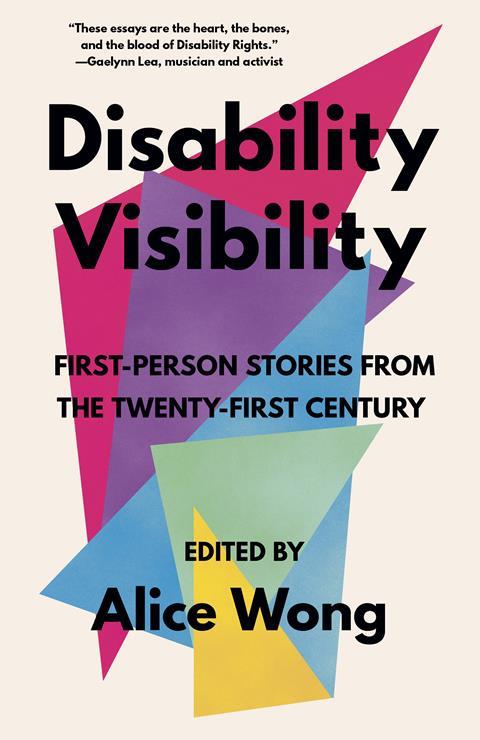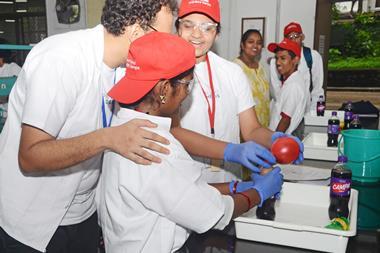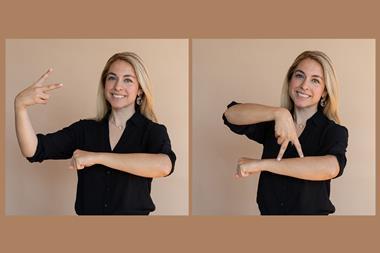Alice Wong (editor)
Crown Books
2020 | 240pp | £11.99
ISBN 9781984899422

A magnetar is born in a gamma-ray burst, an incredibly powerful astronomical event that, nevertheless, cannot be seen with the naked eye. Instead, sighted physicists study graphs of light intensity over time to learn about this type of neutron star. Wanda Díaz-Merced lost access to this data when she lost her sight, leading her to come up with sonification – a way to translate intensity into sound. Not only did that innovation allow her to continue in her profession, but also it revealed new information about supernova explosions that had never been observed in visual representations of the same data. ‘Science is for everyone … it has to be available to everyone,’ she says.
Díaz-Merced’s is one of 37 voices that speaks from the pages of Disability Visibility, edited by Alice Wong. An outgrowth of Wong’s work with the Disibility Visibility Project, which she started in 2014 to collect and preserve disabled people’s oral histories, the book includes manifestos, poetry, love stories, transcripts and a eulogy. Wong has not painted a complete picture of the disabled community, nor does she claim to, but she has brought together an intentionally intersectional collection of stories to ‘show disabled people simply being in [their] own words’.
The first section opens with activist Harriet McBryde Johnson’s essay Unspeakable Conversations, an account of her debate with Australian philosopher Peter Singer about the selective infanticide of disabled infants. In part two, Sky Cubacub articulates their vision for a disabled queer clothing reform and asks: ‘If we eliminate the pressure to pass, what delicious and devastating opportunities for transformation might we create?’ Díaz-Merced’s TedTalk transcript appears in part three, while in the final section the Harriet Tubman Collective reminds the Movement for Black Lives that ‘liberation will never come without the intentional centering of Black Disabled/Deaf narratives and leadership’.
It’s possible to read Disability Visibility quickly, since it’s made up of mostly short essays, but I suggest that you take the time to engage deeply with each account. The essays start with content notes, if applicable, empowering you to encounter any potentially triggering topics on your own terms. Even so, expect to experience some discomfort.
If you are looking for a simple set of narratives to teach you about what it means to be disabled, this is not the collection for you. If, however, you want to read accounts of grief and joy, independence and interdependence, challenge and transformative creativity, then I highly recommend this book.












No comments yet